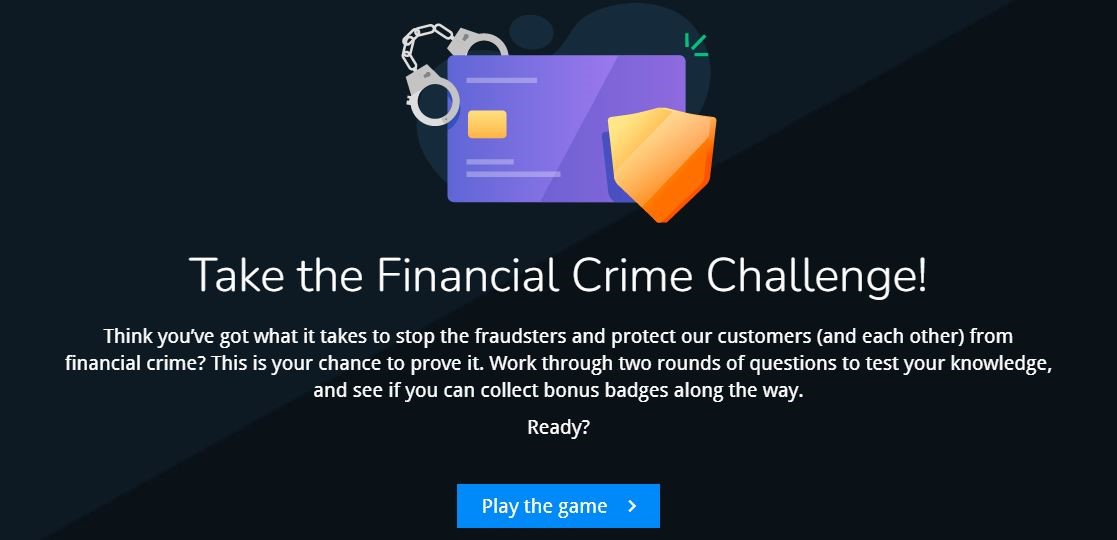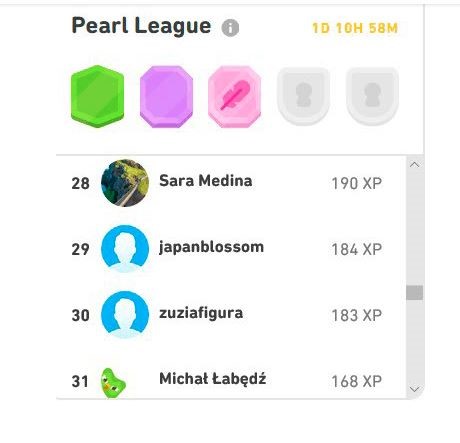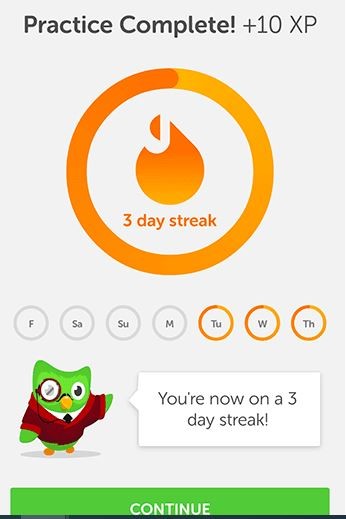Powerful Strategies to Implement Gamification in Online Learning
Games are everywhere. There is no one who doesn’t get motivated by storyboards, points, leaderboards, and other gaming elements. So why not leverage the same powerful gaming elements in online learning to drive better learning outcomes?
Gamification may look like a “buzzword” that you perhaps feel is a bit daunting. The truth is that gamification in online learning is more than what you think, and incorporating gaming elements can transform the online learning experience for your students.
3 Reasons to implement gamification in online learning
Gamification in online learning encourages users to explore more platform features or engage more by incentivizing these behaviors.
It’s beneficial as gamified content in online learning can create a real-world connection that helps learners improve their decision-making and problem-solving skills.
If you need more reasons, here are 3 more reasons to implement gamification in online learning:
● To personalize experience
Best games allow learners to make choices that influence outcomes. Allowing the learner to be in control of gamified learning will help to build engagement and increase learner retention.
● Because learners love it
Who doesn’t love spending time playing a game? So why not use it in your online learning sessions to make it more engaging and allow learners to participate in your learning with their full hearts put into it?
● Inspires motivates and re-activates
All of us have a natural desire to discover new things and learn. Implementing gaming elements can spark this desire of students to learn new things.
It gives goals, and goals give purposes. When you use it the right way, you can set goal-oriented tasks and set standards that you want your students to achieve.
How to Implement Gamification in Online Learning?
When it comes to gamification in learning, it’s not about making the learning video or lessons more like a video game. But it is the art you need to master to place the gaming elements into your lessons to create the online learning experience that helps students grasp the concept quickly.
Here is how you can incorporate gamification in online learning:
Through stories
Storytelling taps into the student’s natural instinct to learn new things and solve problems. A well-presented lesson in the form of stories puts challenges for learners to overcome through embedded tasks and activities.
If learners actively participate in online learning, they will gain a deeper understanding of the subject and its applications.
Visual design
Adding eye-catching designs will make your online lessons more appealing and draw your users in. Use bright colors and graphics for a visually stimulating, gamified learning experience.
Competitions
Gamification in online learning allows users to have healthy competition against their team or anonymous players to keep motivation levels high. Use leaderboards so that students can see for themselves how they are performing against their peers.
Rewards
Add gamification to your online classes by offering rewards to learners using badges or medals for completing lessons and unlocking new levels. This will keep them engaged for more extended periods of time and help in boosting their motivation.
Feedback
Who thought you could implement gamification while giving student feedback as well? Yes, you can set up different types of quizzes or tasks to gauge your student performance, and this keeps them focused while tracking their progress as they move through the different stages of the game.
Gamified Learning Examples And Application
Now that you know what gamification in online learning is, let’s look at some of the examples of online learning that incorporate gaming elements in some or the other way.
Gamified quizzes
How to make a quiz an interesting game? You can add badges as visual rewards with the basic point scoring to make a quiz look like an interesting game.

Quizzes with gaming elements like badges increase learner participation by creating competition and motivating them to participate actively.
Badges represent achievement, and collecting them fosters a sense of accomplishment and progress, which students will find exciting.
Storytelling
As we mentioned in the above section, storytelling helps you engage your students with excellent tales that they can connect with.
For example, let’s look at a comic scenario where the coach delivers safety training through short story-based lessons.

You can also use some elements of gamification, like yes or no questions, to make it more interesting.
Gamifying online courses
You might have probably heard of Duolingo, the world’s popular language learning app. The primary mission of Duolingo is to offer a globally available personalized learning platform while making learning fun and exciting for its learners.
Gamification is what makes Duolingo sticky, meaning its users are glued to it. Yes, there are studies to back up this.
Here is how Duolingo implements gamification in online learning:
● AI character to personalize push notifications
Duolingo’s green owl is popular, and they use it in push notifications to personalize the greetings.

● Badge rewards
Duolingo leverages badges to reward its learners, and it serves as a significant motivator. It is revealed that the badge rewards system increases the referrals to 116%.

● Leaderboards for social interaction
Every time a learner finishes a language course, they get points that get placed on a leaderboard, which encourages competition and improves social interaction.

● The famous streak feature
The streak feature, which helps users form daily habits, is another way they implement gamification. You can use this feature when selling online courses from your own website.

Questions to Ask When Framing the Gamification Teaching Strategy
Gamification in online learning is a powerful tool that can do wonders for your online learning business. But you need to get it right, or else it will cause your learning strategy to underperform.
Before you go ahead and gamify your online classes or courses, ask yourself the following questions:
What is your goal?
By finding answers to this question, you will be able to define why your learners should do it.
Are you implementing gamification to engage learners? Are you using it to improve their performance or build collaboration with their peers? Will giving them challenges or problems help them to succeed in their online classes or courses?
Who will the learner be as a game player?
For whom are you implementing the gamification? Is it for individual players or to compete as a team, which helps in learner collaboration? Is it designed for personal improvement or as an engagement activity?
What does the gamified framework look like?
When framing a gamification element, think about how you can replicate real scenarios and bring learning to life. What tasks and activities do students need to be able to do?
What variables will learners have to choose
Do learners need to choose between objects to take on a mission? Or do they have to answer a question correctly to unlock the next task? Probably a yes/no questionnaire to move along the pathway. Storyboarding the online session with different learning paths is a great way to gamify your teaching.
Conclusion
Gamification in online learning isn’t really about playing games. It is all about incorporating gaming elements, however small they might seem to be, to hook learners, motivate them to continue the course and help them get a sense of fulfillment on completing it.
The purpose of implementing gamification in online learning must be to offer an enjoyable learning experience that brings positive learning outcomes.





